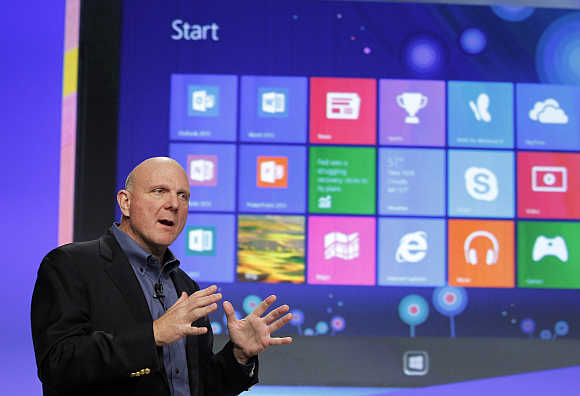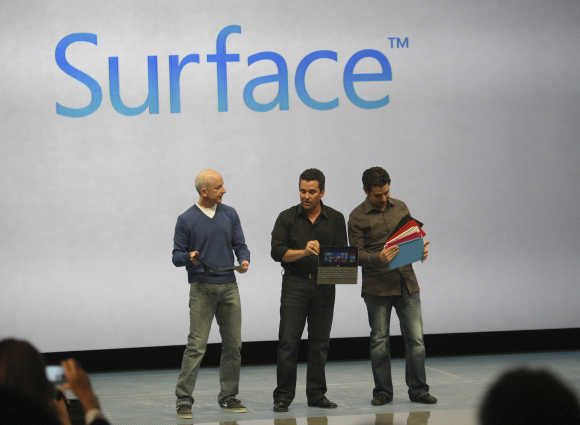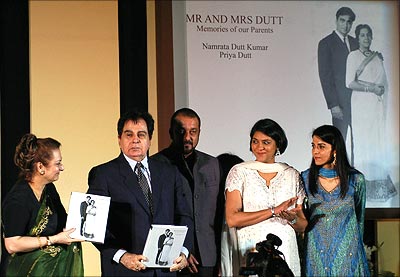 | « Back to article | Print this article |
Start-ups: 5 secrets of a winning product launch
If you're a start-up founder, you're likely to get called on to demo your product hundreds of times, if not more during your journey in the start-up world.
You may be demoing your product in front of an audience at a conference, or an investor or sometimes even friends and family.
You may be demoing to future employees or to a prospective customer.
Depending on the circumstances, you need to fine-tune your product demo routine, but there are a few principles that will hold no matter what.
Here are a few of them to help you fine-tune your product demo to help you make the greatest impact!
1. Show rather than Tell
When you're demoing the product, it is important to let the product be the star of the show.
The temptation to keep on talking about your product is probably very high, but you need to show your product instead.
For example, instead of saying "Users can login using their Facebook, Google or Twitter IDs", you should actually open the login screen where people can see the Facebook, Google and Twitter icons.
This is important because when your end users come to the login screen in real life, they are not going to hear your voice-over, and they need to figure out that they can use these login methods.
You should expect the audience to do the same. Plus, you can instead use the time to talk about other, distinguishing features of your product.

Please click NEXT to continue reading...
2. Demo only a few features, not everything
Your product may have 20 features that are all equally awesome and life-changing, but you need to pick three to five of them to showcase.
It may feel like you put in two months of work to build those 10 new features, and they deserve to be showcased, but you have to overcome this instinct and pick only the few features that will make the greatest impact on your audience.
Don't show features that users expect.
For example, don't walk people through the logout process (unless you have a highly differentiated logout screen).
Instead, demo features that make your product stand out, and the more visual these features are, the better.
It is pointless to demo more than four to five features to your audience, because you can be quite sure that by the end of the day, they're likely to forget most of them.
Your goal at a demo is to get one feature to stick with the audience.
If your audience remembers that one killer feature of your product, then you've won the day!
3. Remember that fewer presenters are usually better
Product demos are about showcasing the product, rather than your team or co-founders.
It takes a while for the audience to connect with a speaker -- to adjust to their voice modulation, their speech pattern, their stage presence etc, so having the audience "learn" more than one speaker is a problem.
You can have at max two speakers if your script is a give-and-take between two characters.
Otherwise, every time the speaker changes, there is a huge context switch for the audience, and that breaks the connect you might have had with the audience.
If you have more than two speakers, that's almost always a mistake.
One is ideal!
If you have trouble deciding who'll speak, it is better to split up conferences and customers, rather than splitting the speaking time at the same demo.
4. Use a story based structure
People like stories.
You can hold the audience's attention for many minutes if you're telling a great story!
You should use this weakness that audiences have for stories to your advantage.
Maybe you can talk about your users and how they're using the product.
Maybe you can weave together the "life of a data set" if yours is a more enterprise-type product like a big-data analyser.
Or tell the story from the perspective of the problem and how your product solves the problem. Or maybe you can connect together a bunch of smaller stories into a larger theme.
Using a story-based outline for your demo will help communicate your point much better rather than just listing out your product features.
And as with all stories, be to the point and succinct but don't leave out on the twists and turns that make great stories
5. Stick to the time limits
If you are presenting at a conference or an event, this is really important.
There's nothing more irritating for your audience than when you are over time, and the organiser is buzzing you to indicate that your time is up, but you keep ignoring them and go on and on.
And because you're over time, you're speaking faster and faster, making less and less sense, increasingly confusing the audience.
In fact, you can really do damage to whatever reputation and interest you had built up during your allocated time.
Ensure that you know what the time limit is before getting on stage, ensure that you have practiced your pitch and made sure you can fit everything in the time given.
Don't try to fit more into a time slot by speaking faster, which tends cause disconnects with the audience.
Talk in a clear, audible, loud voice, and ensure that you are able to wrap up your product story properly.
Doing a product demo is more art than science, but one thing that really helps is practice.
Practice and practice your product demo in front of your team or in front of a mirror, take feedback constructively, and work on your product pitch until it is a finely chiseled masterpiece.




